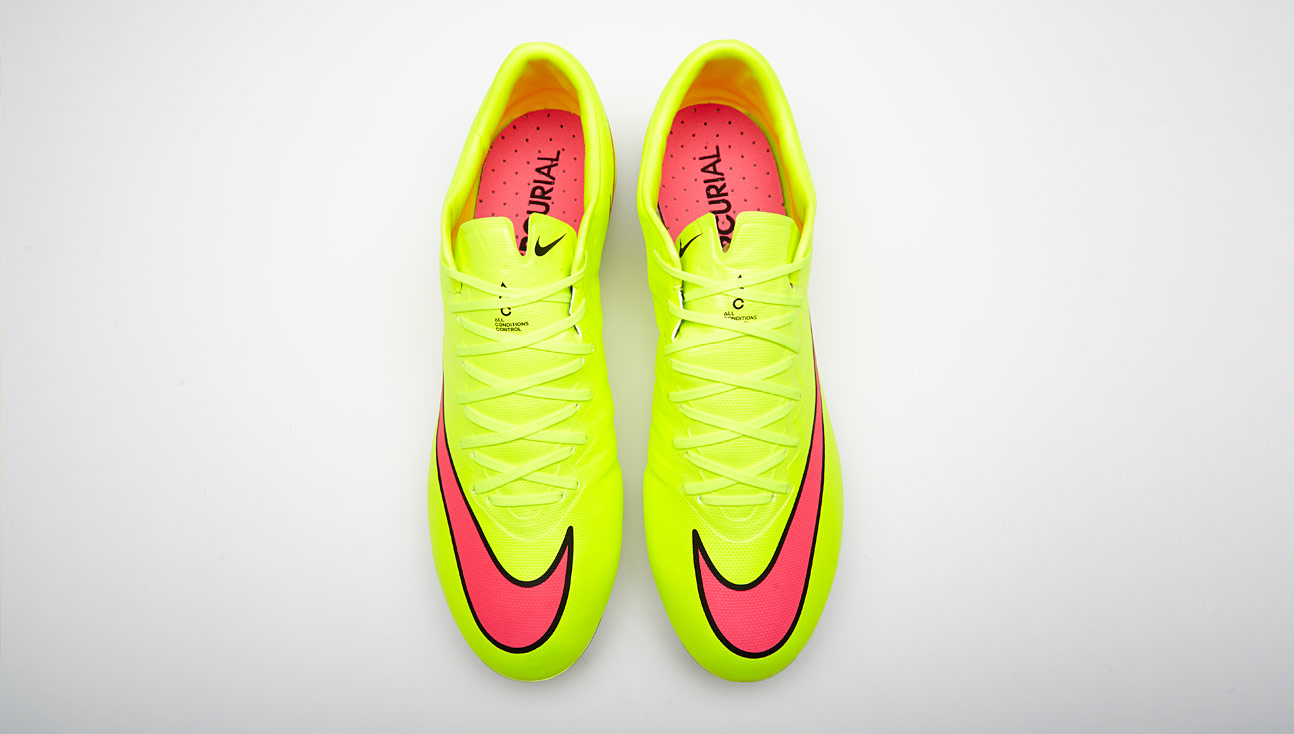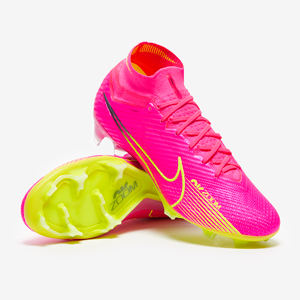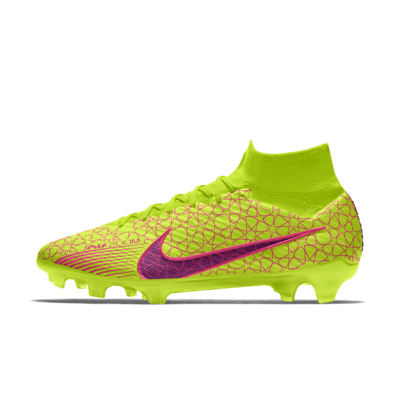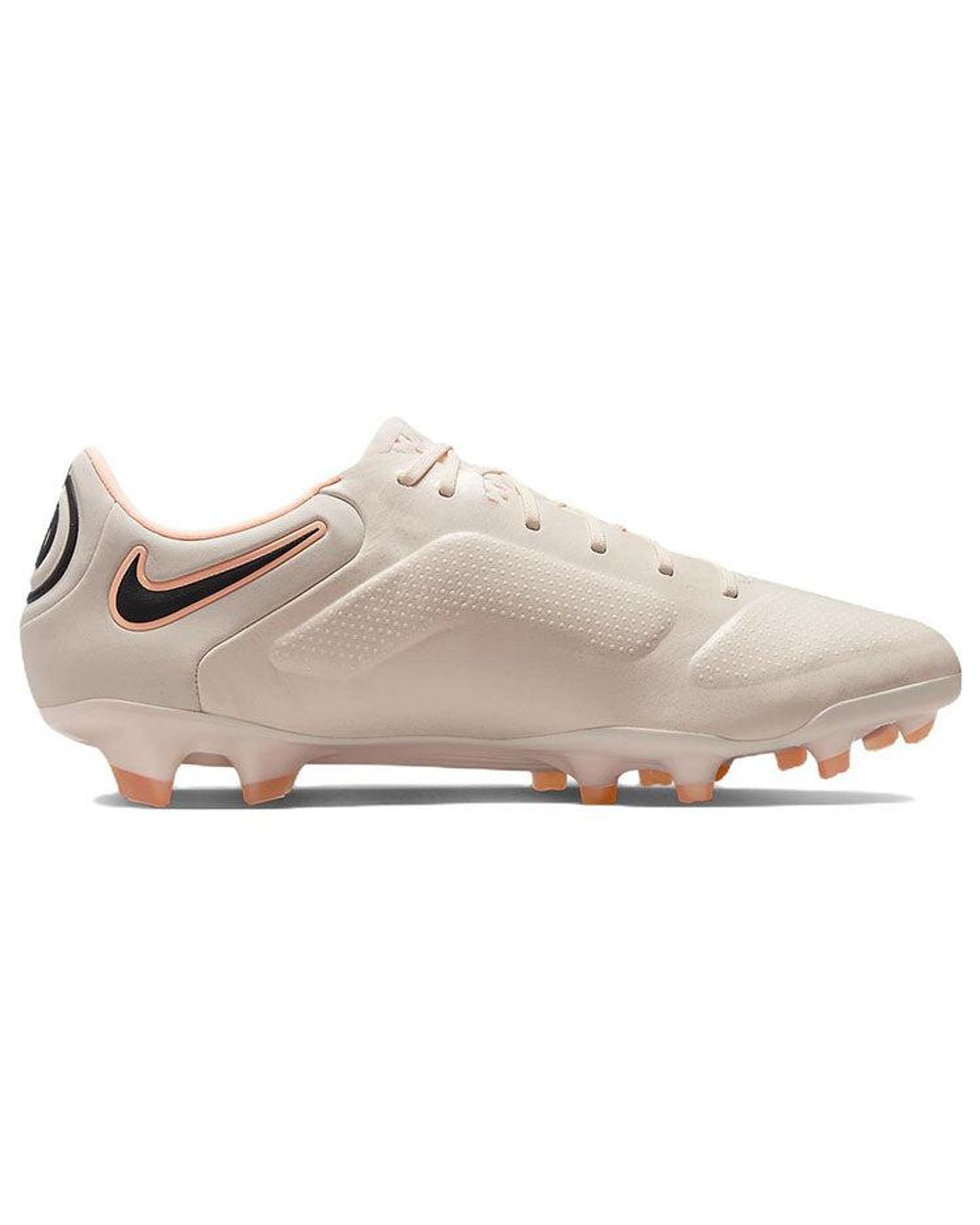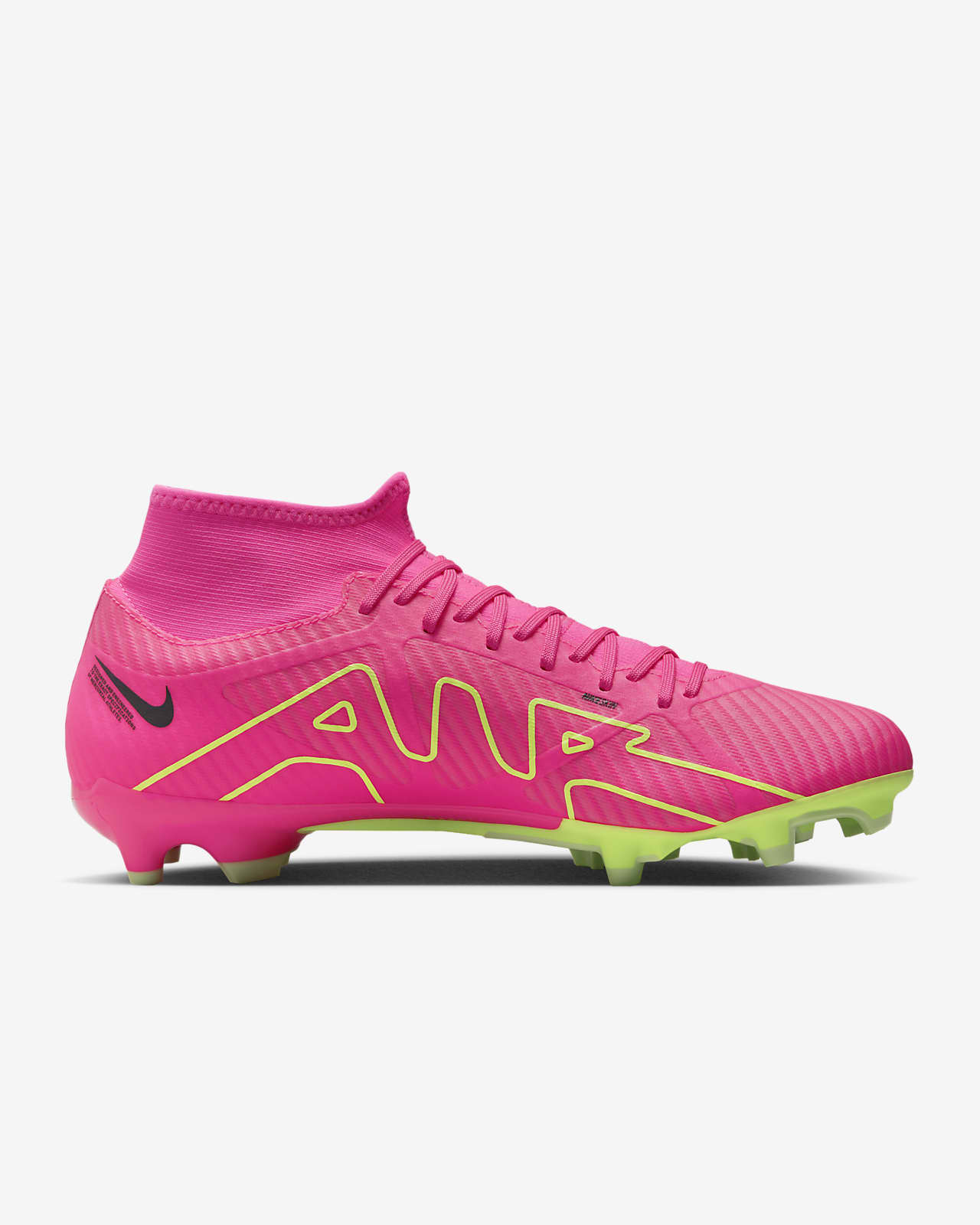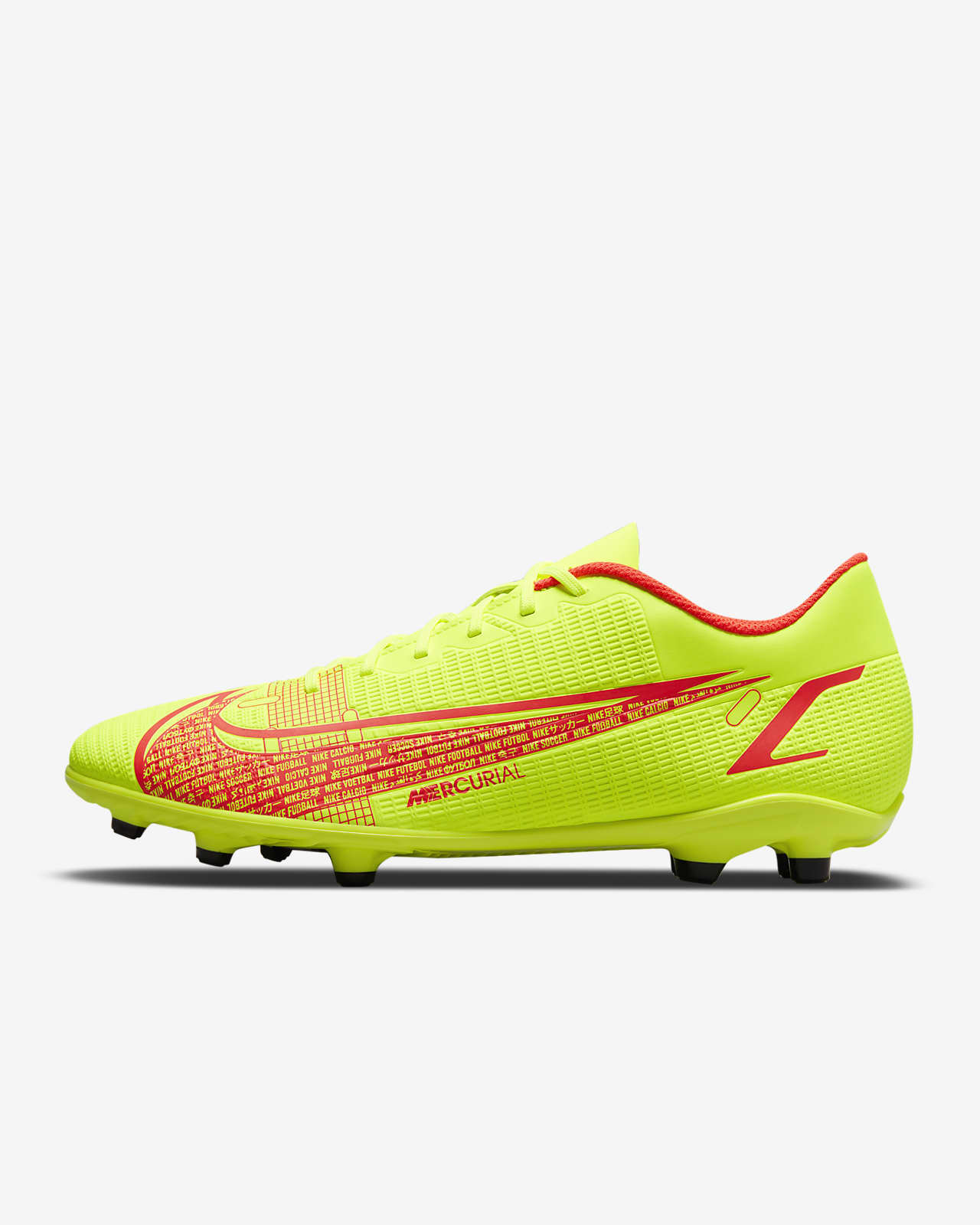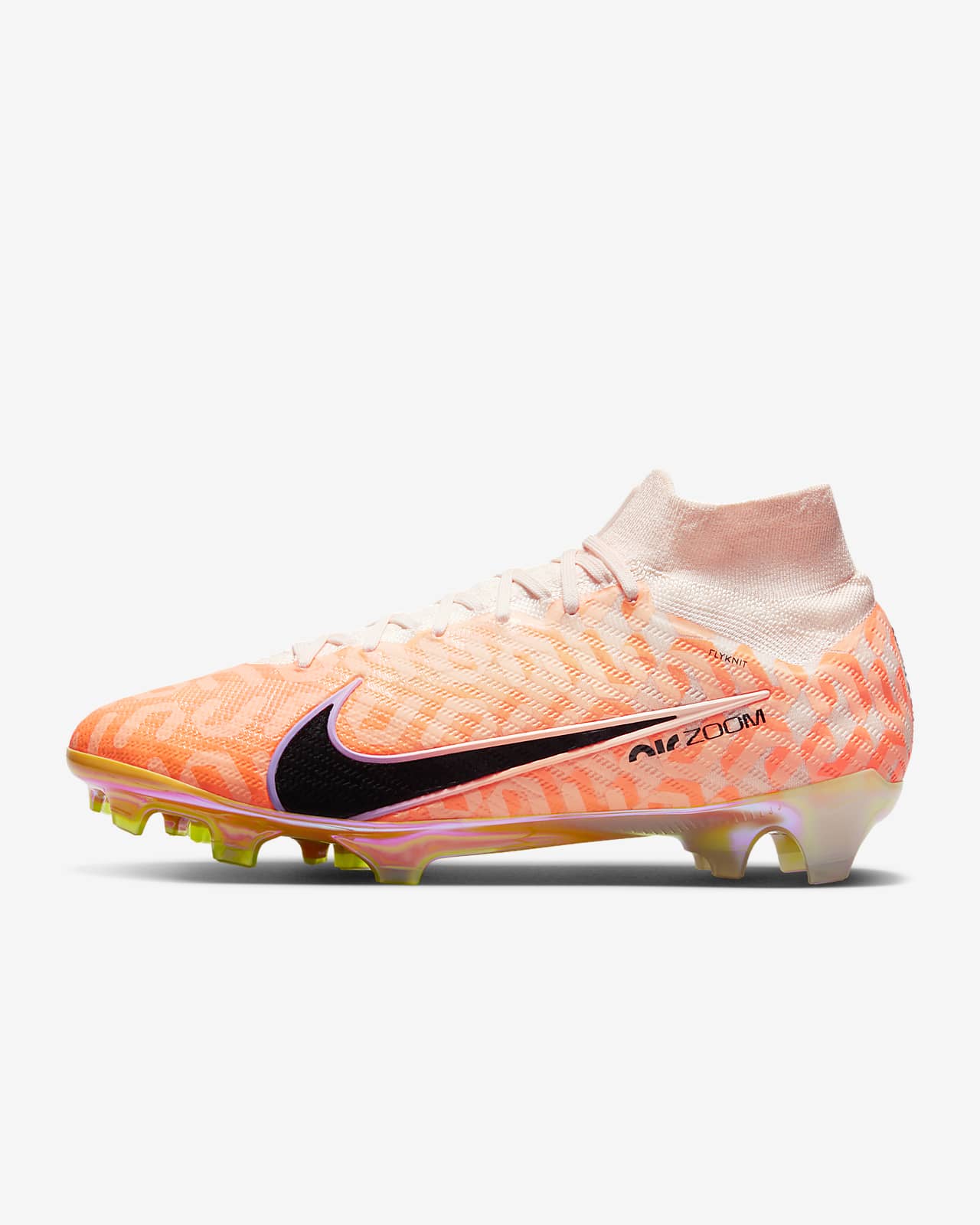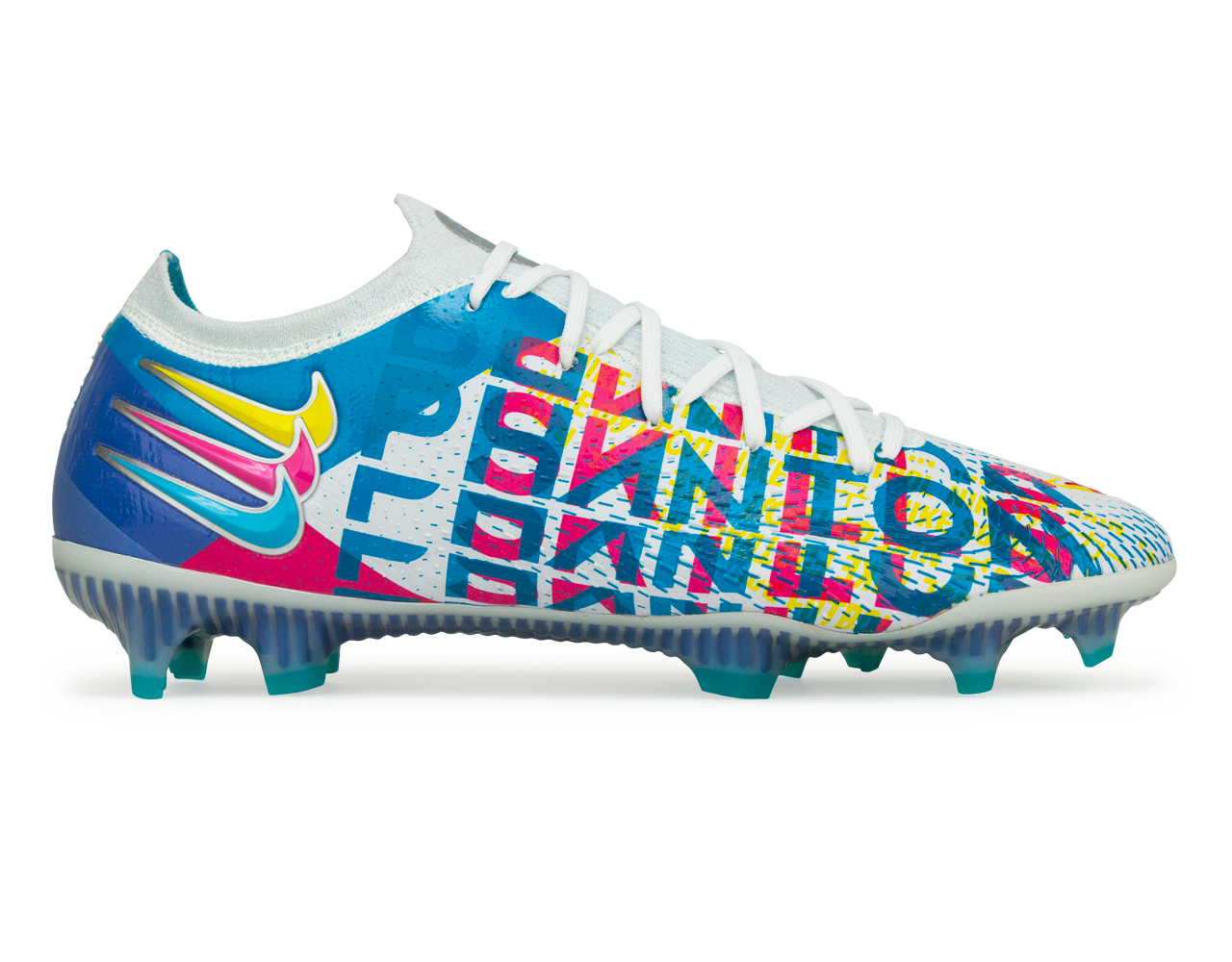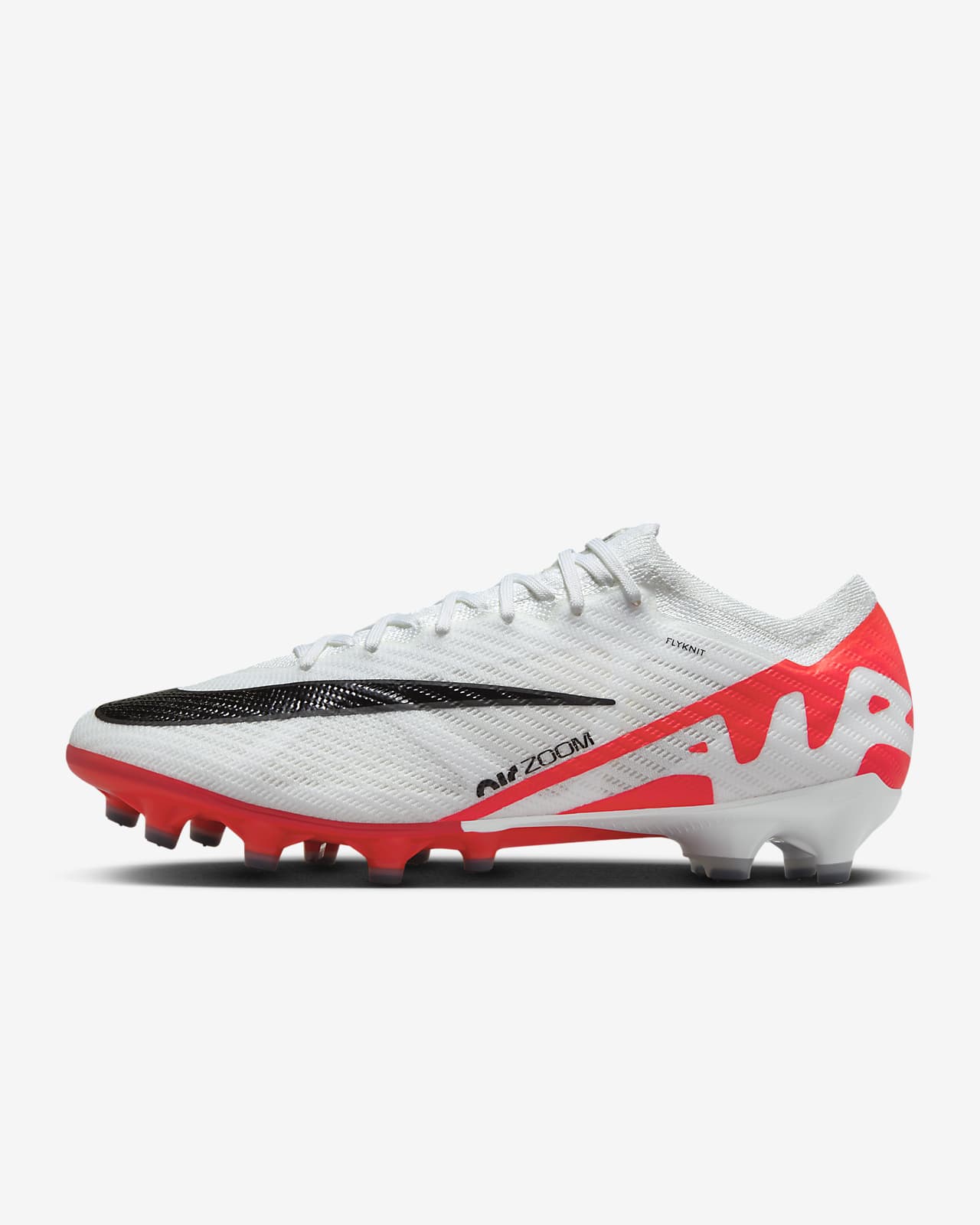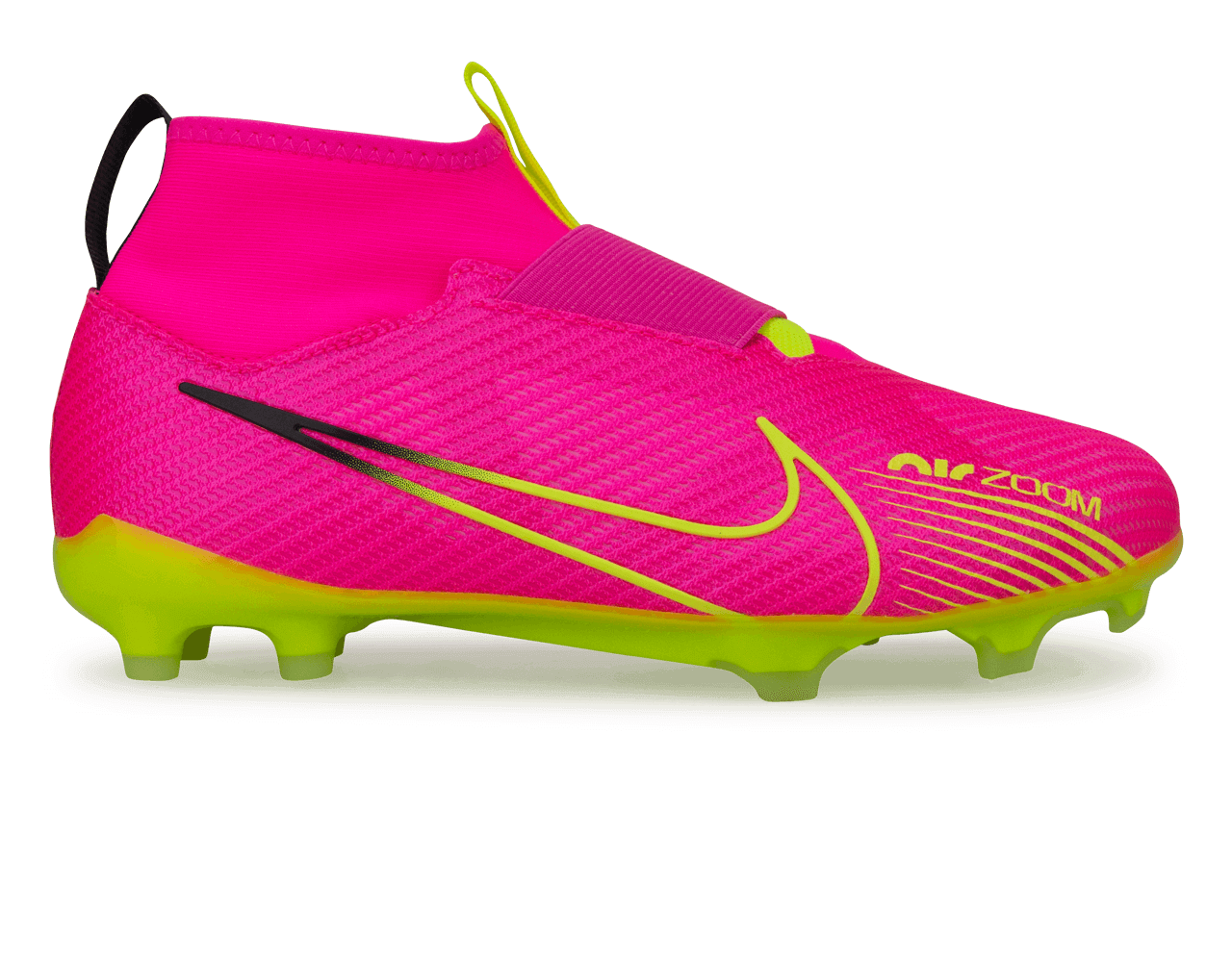
Nike Performance ZOOM MERCURIAL 9 PRO FG - Moulded stud football boots - pink spell/volt/gridiron/light pink - Zalando.co.uk
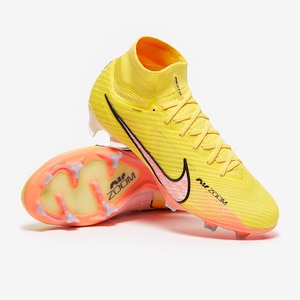
Nike Air Zoom Mercurial Superfly IX Elite FG - Yellow Strike/Sunset Glow/Barely Grape - Mens Boots | Pro:Direct Soccer
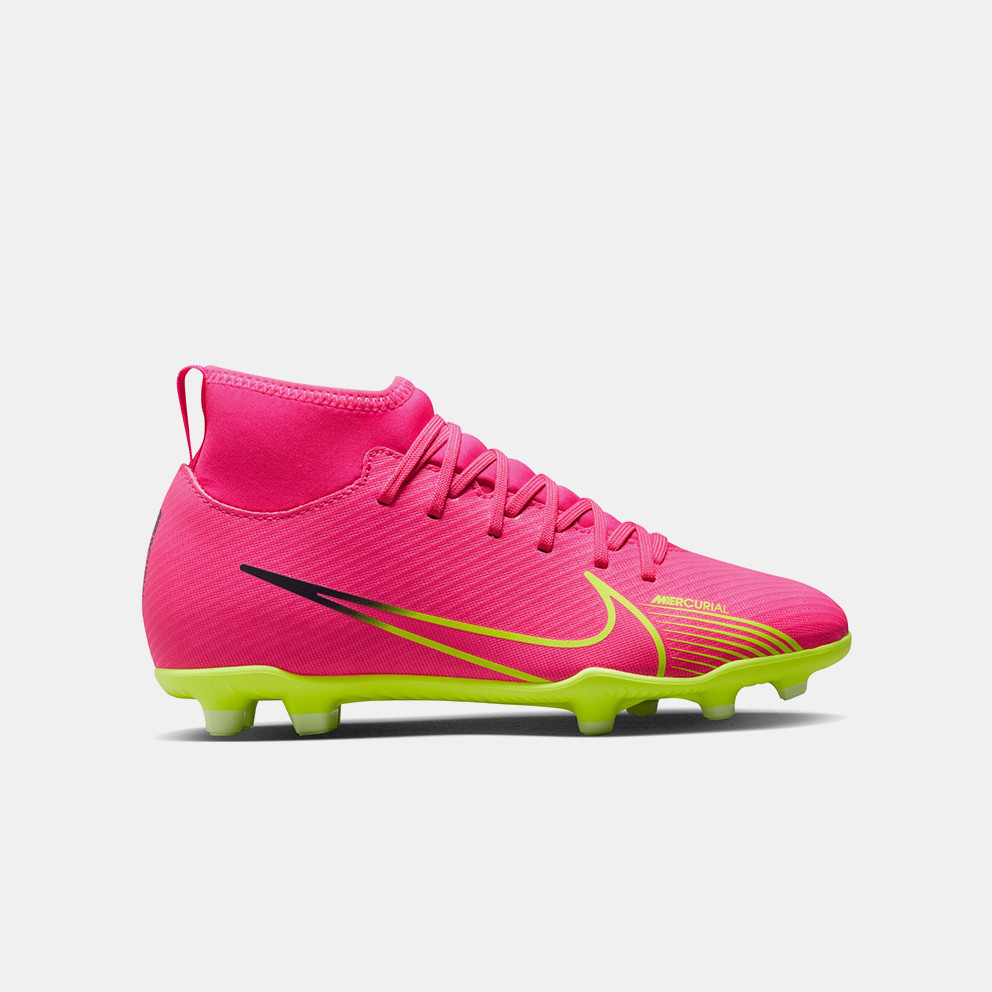
Nike Jr. Mercurial Superfly 9 Club FG/MG Kids' Football Boots Pink DJ5959 - 605 - Black History Month & Nike

Amazon.com | Nike Men's Mercurial Vapor 14 Pro FG Yellow, Yellow Volt Bright Crimson Black, 9.5 UK | Soccer
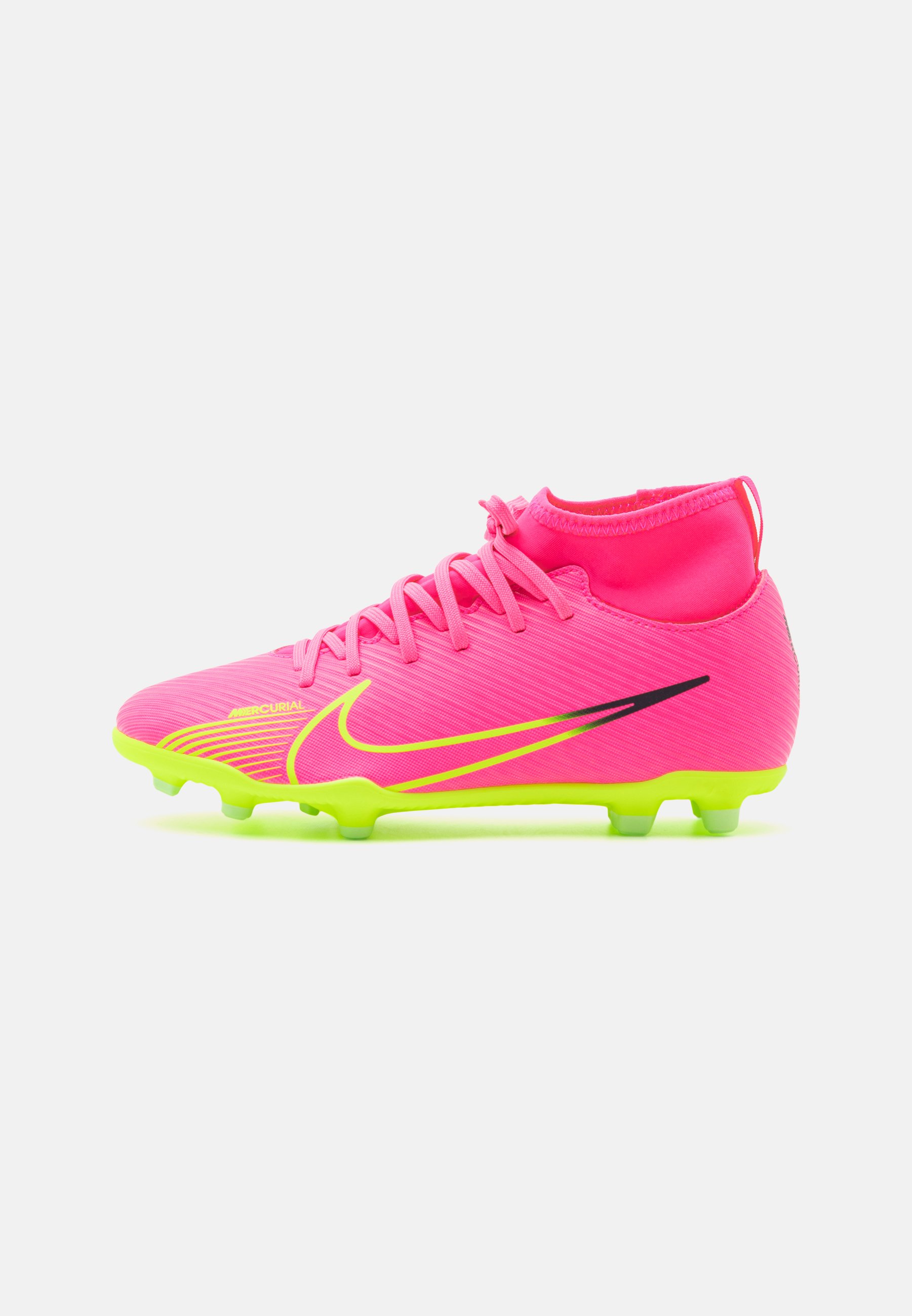
Nike Performance JR MERCURIAL 9 CLUB FG MG UNISEX - Moulded stud football boots - pink blast/volt/gridiron/light pink - Zalando.ie

Nike Air Zoom Mercurial Vapor XV Elite FG - Yellow Strike/Sunset Glow/Doll - Mens Boots | Pro:Direct Soccer



